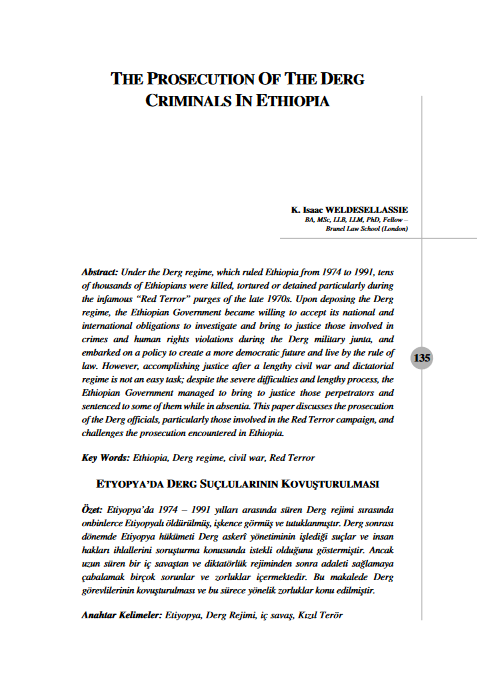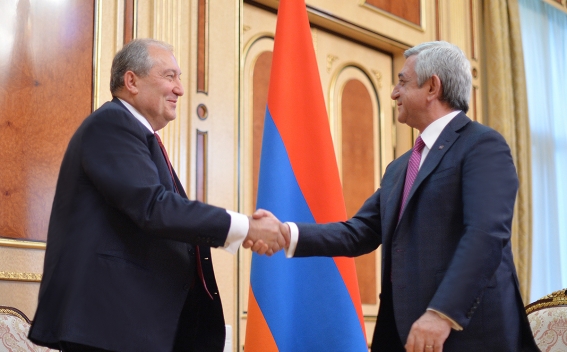
On 9 April 2018, Armen Sarkissian assumed the office of the President of the Republic of Armenia (RA) after taking the oath of office at the RA National Assembly special sitting.[1] By that, A. Sarkissian became the fourth president of the RA. Yet, the nature of A. Sarkissian’s presidency by no means corresponds to those of his predecessors. His three predecessors, namely, Levon Ter Petrosyan (1991-1998), Robert Kocharyan (1998-2008) and Serzh Sargsyan (2008-2018) held the presidential post while Armenia was being governed by a presidential system. By the December 2015 constitutional amendments, the country’s system of government was changed into parliamentarism. Accordingly, the fourth Armenian president A. Sarkissian became the first president of the parliamentarian Armenia with much fewer powers compared to his predecessors. Under the new parliamentary system, the president has no veto powers and his post is essentially symbolic.
In fact, in the parliamentarian Armenia, the PM will be at the top of the executive, which is a post that is analogous with the presidency in the former presidential Armenia. Therefore, in Armenia the burning question is who will become the new PM, hence the top of the executive. The exact answer of this burning question will be known by 17 April, when the Armenian parliament will elect the new PM. Yet, even today we can readily assert two possibilities that defy a third one. One possibility is that a close associate of the former president and the leader of the Republican Party of Armenia Serzh Sargsyan, either RA Defense Minister Vigen Sargsyan or the former prime minister Karen Karapetian, will become the new PM. The second possibility is that the former president S. Sargsyan, himself, will assume the post. If I had to guess, I would bet on the latter possibility.
Brief Overview of Armenia’s Transition from Presidentialism to Parliamentarism
When Armenia gained its independence following the disintegration of the USSR in 1991, it adopted a strong-presidential system, despite the criticisms of those who advocated for parliamentarism. Whereas pro-parliamentarists argued that presidentialism was incompatible with democratization, the then president Levon Ter Petrosyan objected to those arguments by asserting that the tangible circumstances of post-Soviet economic and political transitions and the Karabakh conflict necessitated a strong leadership. Eventually, the 1995 constitution established a strong-presidential system in Armenia. In 1998, Robert Kocharyan replaced Ter Petrosyan. During his term of office, the constitution was amended in 2005. However, instead of parliamentarism, a semi-presidentalism was established. In 2015, the constitution was once again amended by the initiative of the third Armenian president S. Sargsyan to change the system of government into parliamentarism. During that period, S. Sargsyan put forward the argument of democratization to legitimize the change. However, the opposition reacted to that move by arguing that S. Sargsyan was in truth not concerned with democratization, but with holding on to his power. They claimed that S. Sargsyan wanted to amend the constitution and establish parliamentarism because he could not run for the third time for presidency due to the limits imposed by the existing constitution. They sustained that S. Sargsyan’s goal was to continue his hold of power by becoming the PM in the new parliamentarian Armenia. Others argued that S. Sargsyan wanted to de facto remain in power by pulling the strings of the new PM using his position as the leader of the RPA. There were also those claiming that the “RPA clan” wanted to hold onto the power as a “collectivity” in the parliamentary system.
When these arguments were being hotly debated in Armenia, on 10 April 2014, S. Sargsyan outright rejected any prospect of running for the PM once the parliamentary system would be established with the following words: “I, Serzh Sarkisian, officially declare that I will never again run for the post of president of the Republic of Armenia.” He added:
If as a result of final discussions [on constitutional reform] a path not corresponding to my wish is chosen -- I mean the parliamentary model of governance -- then I will also not aspire to the post of prime minister…I believe that one person must not aspire to the reins of power in Armenia for more than twice in a lifetime.[2]
Eventually, the constitution was amended by the referendum conducted on 7 December 2015 at which 63% of the voters supported constitutional changes with a 51% turnout.[3]
Following the constitutional amendment, on 2 April 2017 parliamentary elections were held in Armenia at which S. Sargsyan’s RPA won 58 of the 105 seats in the parliament.[4] This parliament elected A. Sarkissian as the president on 2 March 2018. A. Sarkissian took his oath of office on 9 April 2018.
Between 9 and 16 April, candidates for the PM will throw their hats in the ring and on 17 April, the parliament will choose the next prime minister, who will be the top of the executive in Armenia.
Serzh Sargsyan 3.0?
As mentioned above, I would forecast the election of S. Sargsyan for the PM on 17 April. My bet may sound odd given the declaration of S. Sargsyan on 10 April 2014 that was cited above. Nevertheless, given the further developments to be outlined below, I would hold on to my bet.
On 19 March 2018, S. Sargsyan gave an interview to a media outlet in Armenia. In this interview, he hinted that he might have changed his mind about not running for the post of the PM, if he ever was honest about his initial declaration.
In this interview S. Sargsyan touched upon the Karabakh conflict and the related highly tense political atmosphere in the South Caucasus, which is, S. Sargsyan claimed, fundamentally different from the situation in April 2014. He stated:
I still do not aspire to the post of prime minister…But I have never regarded myself as someone who is guided by prejudice or rigid thinking. I cannot fail to reckon with the reality and think that I bear no responsibility for the future and our country’s smooth course.[5]
On 7 April, S. Sargsyan at a meeting with outgoing prime minister stated that “our party will face the task of developing the country by 2022; I mean first of all me, as the leader of the party.”[6]
In the meantime, in a move that will surely raise more than a few eyebrows, the presidential palace in Yerevan where S. Sargsyan has been residing for ten years was turned into the PM’s office.[7]
On 9 April 2018, A. Sarkissian, the President-elect, at a meeting with S.Sargsyan before the inauguration ceremony said that he “look[s] forward to working closely with [S.Sargsyan] for many years ahead.” [8]
Certainly, one may expect public protests against S. Sargsyan’s nomination for the post of the PM. However, such probable protests are not likely to be strong enough to force S. Sargsyan to step back. This is evidenced by the fact that the oppositional Yelq bloc in the Armenian parliament, which holds nine seats, has split apart over the proposal to organize protests against S. Sargsyan’s candidacy. Other circles also show no sign of readiness to hold large public protests.[9]
All of these are strong hints that it is very probable that on 17 April S. Sargsyan will become the new PM of Armenia, which means that he will continue to hold onto power with his third term in office, albeit in a changed form.
Photo: Armenia.am
[1] President of Republic of Armenia, President-elect Armen Sarkissian Assumes the Office of President of the Republic of Armenia at the RA National Assembly Special Sitting, Last modified April 09, 2018, http://www.president.am/en/press-release/item/2018/04/09/President-Armen-Sargsyan-inauguration-ceremony/
[2] Emil Danielyan, “Sarkisian Rules Out Another Presidential Term,”Azatutyun Armenia, April 10, 2014, accessed April 10, 2018, https://www.azatutyun.am/a/25328678.html.
[3] “Armenia votes to curb presidential powers in disputed referendum,” The Guardian, December 07, 2015, accessed April 10, 2018, https://www.theguardian.com/world/2015/dec/07/armenia-vote-disputed-referendum-president-powers
[4] National Assembly of the Republic of Armenia, Members of the National Assembly of the Republic of Armenia
Sixth Convocation, Last modified April 10, 2018, http://www.parliament.am/deputies.php?sel=factions&lang=eng
[5] Bradley Jardine, “Armenian President Drops Hint He Intends to Extend Rule,” Eurasianet, March 20,2018, accessed April 10,2018, https://eurasianet.org/s/armenian-president-drops-hint-he-intends-to-extend-rule
[6] Grigor Atanesian, “As Armenia Effects its Political Transition, All Eyes on Sargsyan,” Eurasianet, April 09, 2018, accessed April 10, 2018, https://eurasianet.org/s/as-armenia-effects-its-political-transition-all-eyes-on-sargsyan
[7] Grigor Atanesian, “As Armenia effects its political transition, all eyes on Sargsyan”
[8] “Accompanied by His Spouse, Newly-elected President of Armenia was Hosted at Baghramyan-26,”Aravot, April 09, 2018, accessed April 10, 2018, http://www.aravot-en.am/2018/04/09/210174/
[9] Grigor Atanesian, “As Armenia Effects its Political Transition, All Eyes on Sargsyan”
© 2009-2025 Center for Eurasian Studies (AVİM) All Rights Reserved
No comments yet.
-
 YET ANOTHER ARMENIA-DIASPORA SUMMIT: CONSTANT DEJA VU
YET ANOTHER ARMENIA-DIASPORA SUMMIT: CONSTANT DEJA VU
Turgut Kerem TUNCEL 07.11.2022 -
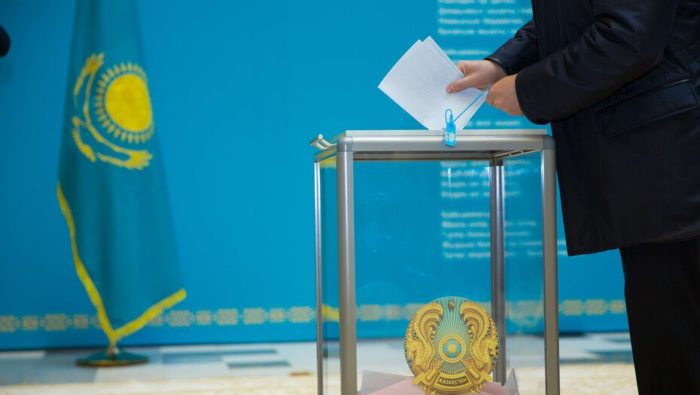 JANUARY 2021 LEGISLATIVE ELECTIONS IN KAZAKHSTAN: A POLITICAL SPACE WITHOUT OPPOSITION
JANUARY 2021 LEGISLATIVE ELECTIONS IN KAZAKHSTAN: A POLITICAL SPACE WITHOUT OPPOSITION
Turgut Kerem TUNCEL 14.01.2021 -
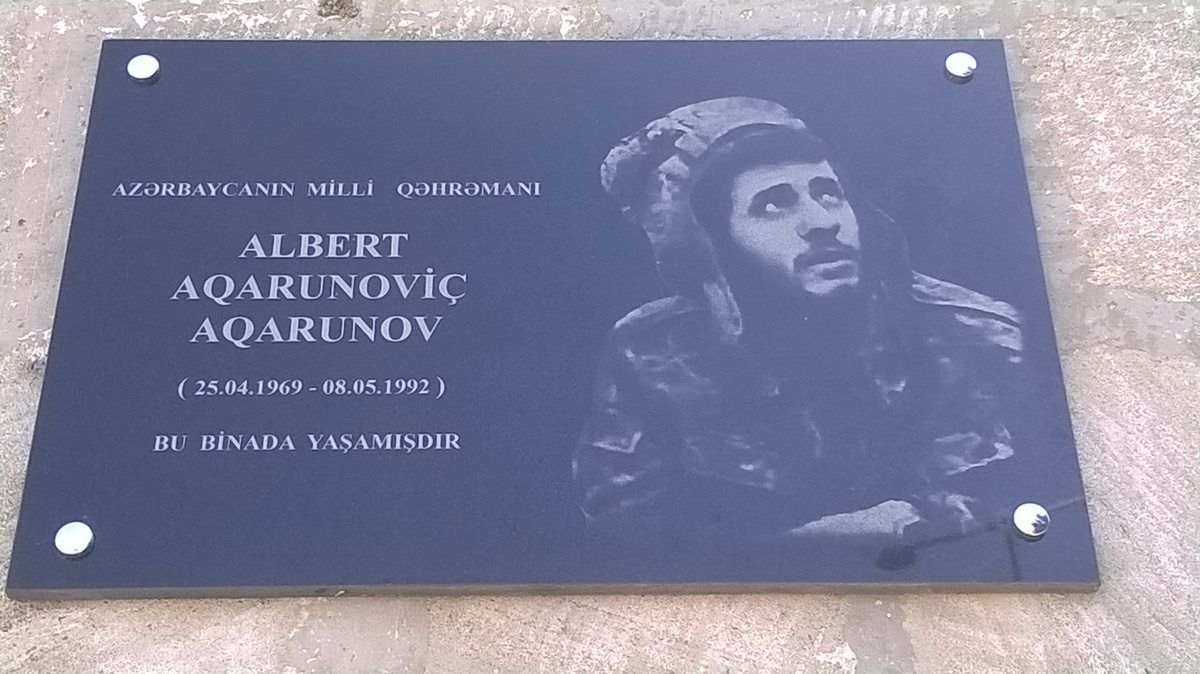 THE INSIGHT INTO THE APPEAL OF THE DE FACTO AUTHORITIES IN KARABAKH TO THE ‘ETHNIC MINORITIES’ OF AZERBAIJAN
THE INSIGHT INTO THE APPEAL OF THE DE FACTO AUTHORITIES IN KARABAKH TO THE ‘ETHNIC MINORITIES’ OF AZERBAIJAN
Turgut Kerem TUNCEL 05.10.2020 -
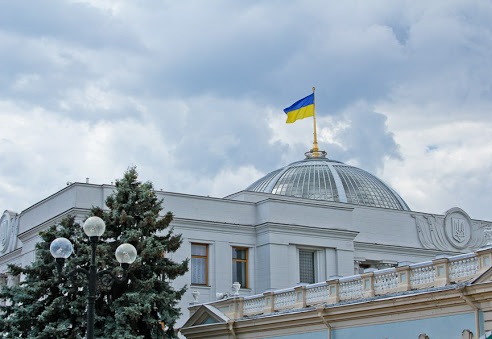 THE ‘ARMENIAN QUESTION’ IN UKRAINE - IV: THE PRUDENCE OF OFFICIAL KYIV
THE ‘ARMENIAN QUESTION’ IN UKRAINE - IV: THE PRUDENCE OF OFFICIAL KYIV
Turgut Kerem TUNCEL 17.05.2021 -
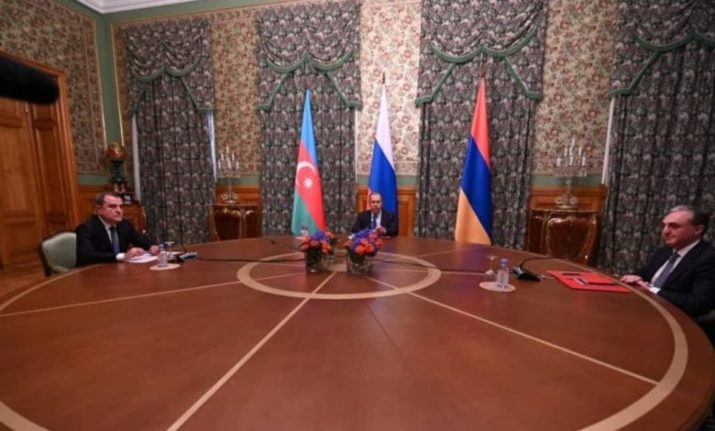 THOUGHTS ON THE PROSPECTIVE ‘PEACE TALKS’ AFTER THE RECENT ESCALATION IN KARABAKH
THOUGHTS ON THE PROSPECTIVE ‘PEACE TALKS’ AFTER THE RECENT ESCALATION IN KARABAKH
Turgut Kerem TUNCEL 12.10.2020
-
 POPE FRANCIS’ DOUBLE STANDARD
POPE FRANCIS’ DOUBLE STANDARD
Mehmet Oğuzhan TULUN 09.06.2015 -
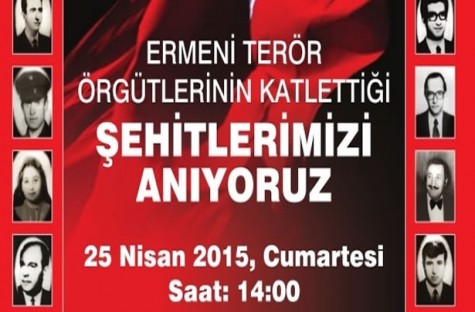 ANNOUNCEMENT - DECLARATION ON THE PROTEST MARCH TO BE ORGANIZED BY THE RETIRED OFFICIALS OF THE FOREIGN MINISTRY IN ANKARA ON 25 APRIL 2015
ANNOUNCEMENT - DECLARATION ON THE PROTEST MARCH TO BE ORGANIZED BY THE RETIRED OFFICIALS OF THE FOREIGN MINISTRY IN ANKARA ON 25 APRIL 2015
Ali Kenan 21.04.2015 -
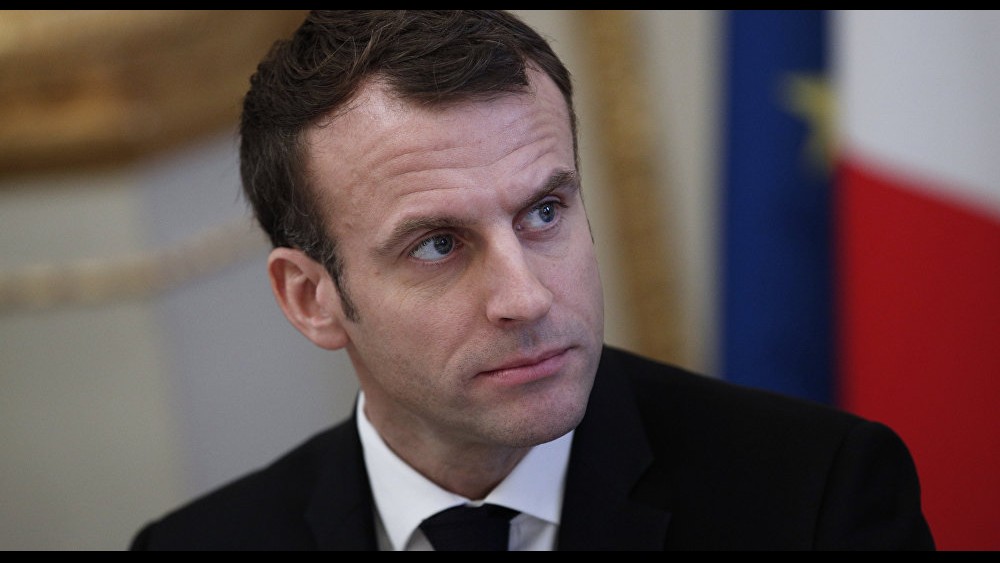 IS FRANCE A RELIABLE ALLY?
IS FRANCE A RELIABLE ALLY?
Hazel ÇAĞAN ELBİR 28.12.2018 -
IS THE ARMENIAN TERROR BEING AWAKENED?
Ömer Engin LÜTEM 05.12.2010 -
 THE OTTOMAN LIEUTENANT IS NOW ON DIGITAL SATELLITE TELEVISIONS
THE OTTOMAN LIEUTENANT IS NOW ON DIGITAL SATELLITE TELEVISIONS
Hazel ÇAĞAN ELBİR 02.05.2018
-
25.01.2016
THE ARMENIAN QUESTION - BASIC KNOWLEDGE AND DOCUMENTATION -
12.06.2024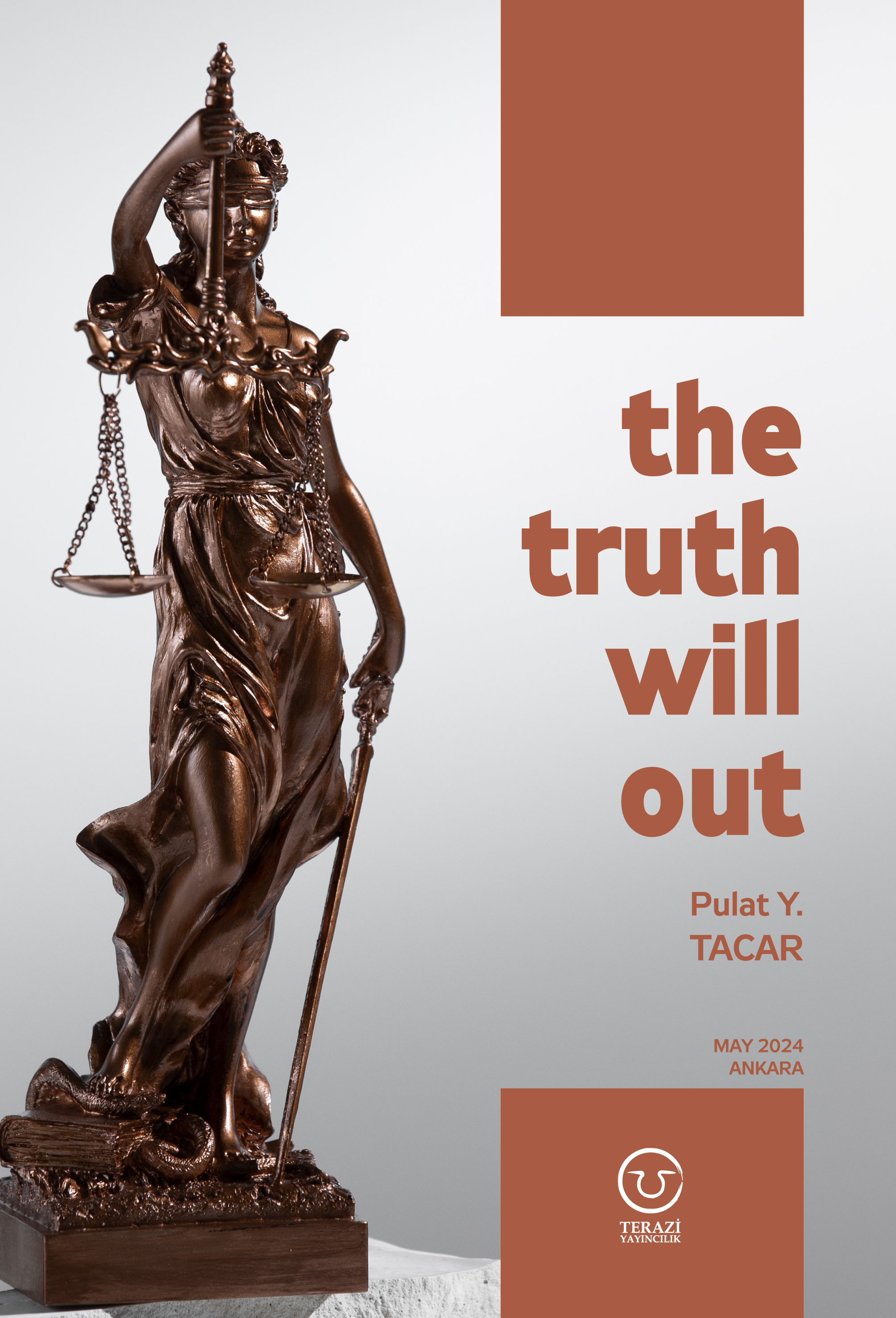
THE TRUTH WILL OUT -
27.03.2023
RADİKAL ERMENİ UNSURLARCA GERÇEKLEŞTİRİLEN MEZALİMLER VE VANDALİZM -
17.03.2023
PATRIOTISM PERVERTED -
23.02.2023
MEN ARE LIKE THAT -
03.02.2023
BAKÜ-TİFLİS-CEYHAN BORU HATTININ YAŞANAN TARİHİ -
16.12.2022
INTERNATIONAL SCHOLARS ON THE EVENTS OF 1915 -
07.12.2022
FAKE PHOTOS AND THE ARMENIAN PROPAGANDA -
07.12.2022
ERMENİ PROPAGANDASI VE SAHTE RESİMLER -
01.01.2022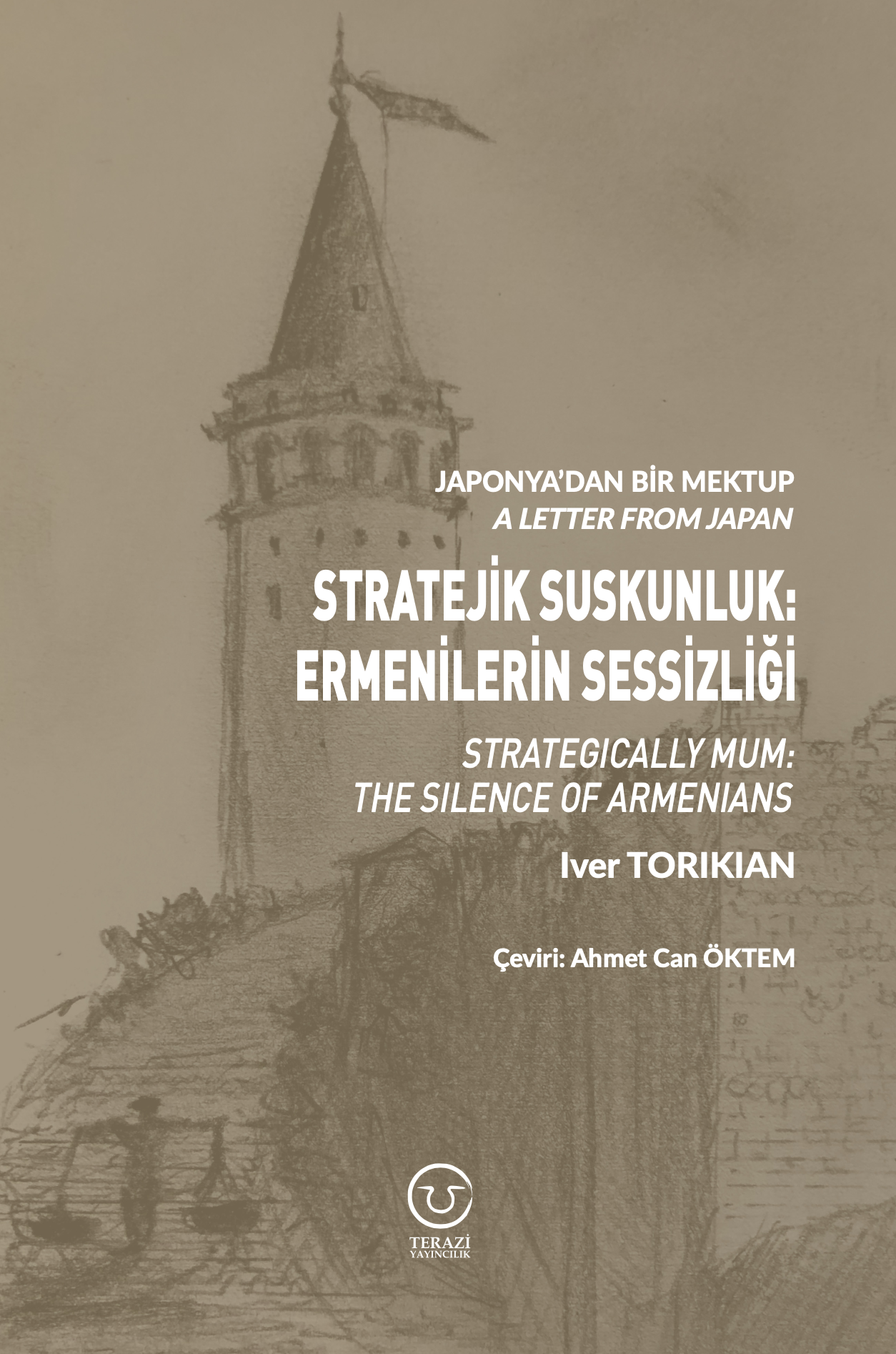
A Letter From Japan - Strategically Mum: The Silence of the Armenians -
01.01.2022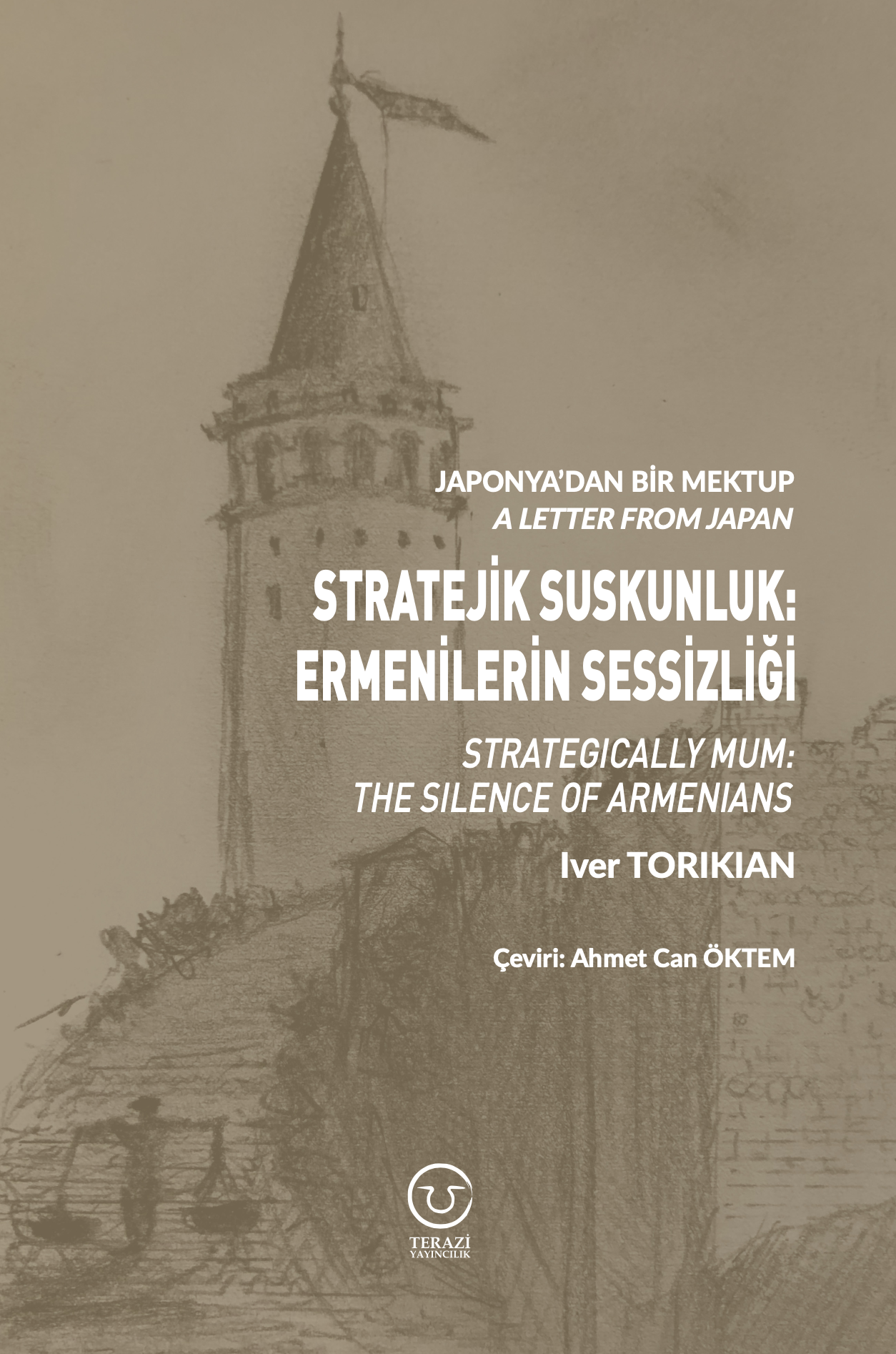
Japonya'dan Bir Mektup - Stratejik Suskunluk: Ermenilerin Sessizliği -
03.06.2020
Anastas Mikoyan: Confessions of an Armenian Bolshevik -
08.04.2020
Sovyet Sonrası Ukrayna’da Devlet, Toplum ve Siyaset - Değişen Dinamikler, Dönüşen Kimlikler -
12.06.2018
Ermeni Sorunuyla İlgili İngiliz Belgeleri (1912-1923) - British Documents on Armenian Question (1912-1923) -
02.12.2016
Turkish-Russian Academics: A Historical Study on the Caucasus -
01.07.2016
Gürcistan'daki Müslüman Topluluklar: Azınlık Hakları, Kimlik, Siyaset -
10.03.2016
Armenian Diaspora: Diaspora, State and the Imagination of the Republic of Armenia -
24.01.2016
ERMENİ SORUNU - TEMEL BİLGİ VE BELGELER (2. BASKI)
-
AVİM Conference Hall 24.01.2023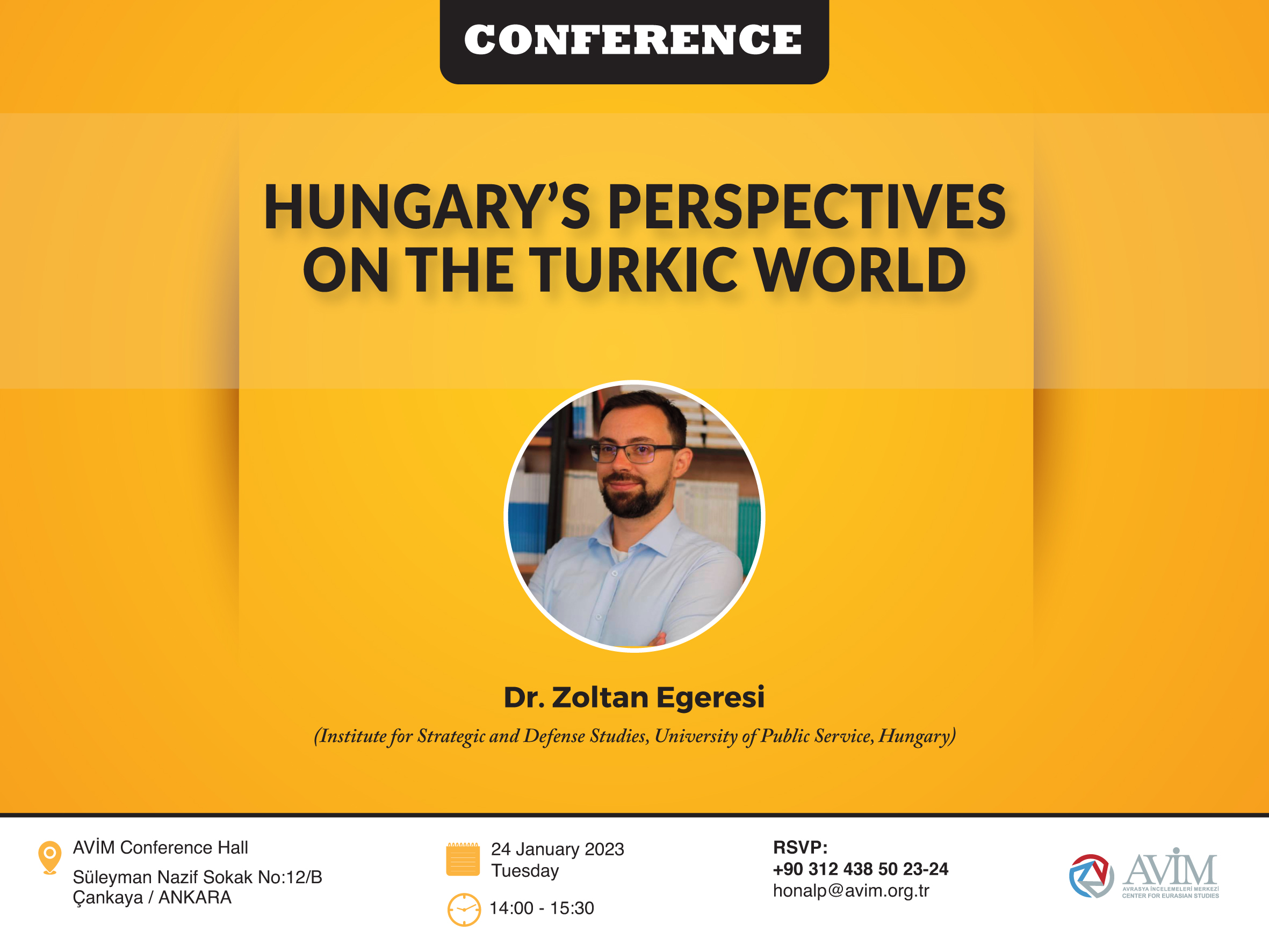
CONFERENCE TITLED “HUNGARY’S PERSPECTIVES ON THE TURKIC WORLD"








